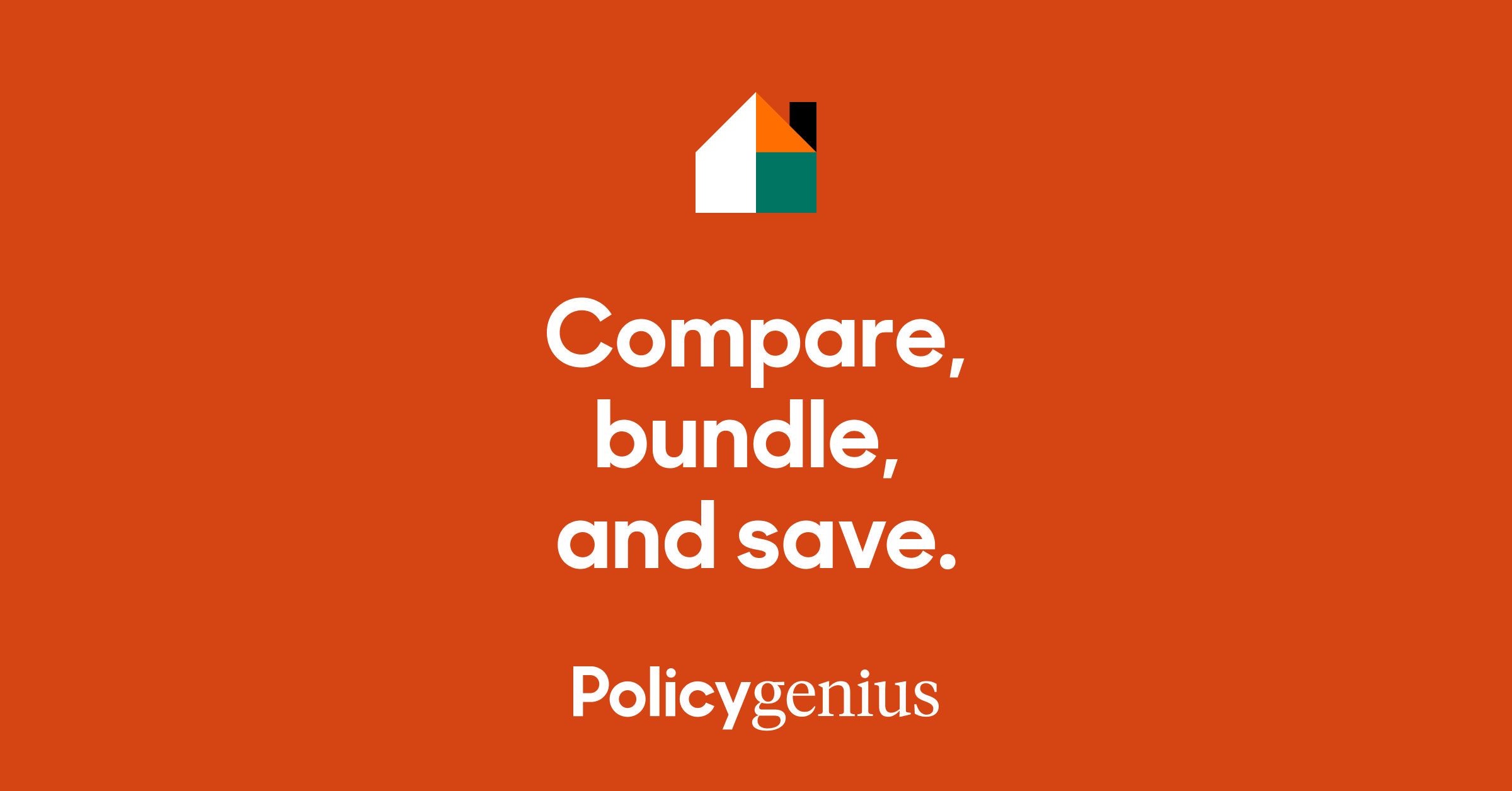A home insurance binder is a document provided by your insurer that serves as temporary proof of coverage before you receive your actual policy.
Pat Howard is a managing editor and licensed home insurance expert at Policygenius, where he specializes in homeowners insurance. His work and expertise has been featured in MarketWatch, Real Simple, Fox Business, VentureBeat, This Old House, Investopedia, Fatherly, Lifehacker, Better Homes & Garden, Property Casualty 360, and elsewhere.
Kara McGinley is a former senior editor and licensed home insurance expert at Policygenius, where she specialized in homeowners and renters insurance. As a journalist and as an insurance expert, her work and insights have been featured in Forbes Advisor, Kiplinger, Lifehacker, MSN, WRAL.com, and elsewhere.
When you buy a home with a mortgage, your lender will require you to get a homeowners insurance policy and provide proof of coverage before you can close on the loan. Once you buy a policy, your insurance company will issue you an insurance binder, which is a document that can temporarily serve as proof of insurance while you wait to receive your actual policy documentation.
An insurance binder is a legal agreement between you and the insurance company that provides proof of insurance for a temporary period of time — typically 30–60 days. It highlights key information about your insurance policy that is necessary to secure a mortgage or auto loan.
If you’re taking out a mortgage on a new house, you’ll need a homeowners insurance binder to provide evidence to your lender that your policy has the required amount of coverage. It also includes other helpful information, like the types of losses, or perils, your home is protected against and the length of the policy.
:max_bytes(150000):strip_icc()/what-is-an-insurance-binder-proof-of-insurance-57afdfe85f9b58b5c2738def.jpg)

:max_bytes(150000):strip_icc()/female-small-business-owner-reading-a-paper-document-while-sitting-in-a-restaurant-1172677463-2b8977fcefb345cbaabf135eaec4b1aa.jpg)



















